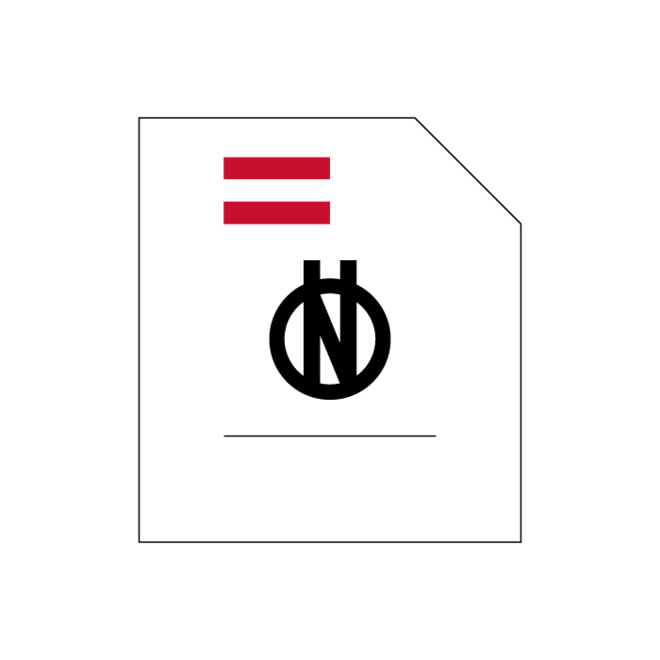Jetzt auswählen und bestellen
84,27 €
exkl. USt.
Konfigurieren


Normentwurf
ÖNORM EN 4709-003
Ausgabedatum: 2021 01 01
Aerospace series - Unmanned Aircraft Systems - Part 003: Geo-awareness requirements
This document provides means of compliance of the function “Geo-awareness” specified in Parts 2 to 4 of the Commission Delegated Regulation (EU) 2019/945 of 12 March 2019...
Weiterlesen
Gültig
Herausgeber:
Austrian Standards International
Format:
Digital | 30 Seiten
Sprache:
Englisch
Standards mitgestalten:
ICS
This document provides means of compliance of the function “Geo-awareness” specified in Parts 2 to 4 of the Commission Delegated Regulation (EU) 2019/945 of 12 March 2019 on unmanned aircraft intended for use in the “open” category, and on third-country operators of unmanned aircraft systems and its annex.
The Geo-awareness is specified in Part 2 – articles (13) and (14) for Class 1 UASs, in Part 3 – articles (15) and (16) for Class 2 UASs and in Part 4 – articles (10) and (11) for Class 3 UASs.
This document specifies the minimum performance expected from this Geo-awareness function, without prescribing its design and implementation as far as possible.
Compliance with this document is recommended as one means of assuring that the Function will perform its intended sub-functions satisfactorily under all conditions normally encountered in routine aeronautical operation.
Geo-awareness means a function that, based on the UAS Geographical data provided by Member States (as specified in the Commission Implementing Regulation (EU) 2019-947-article 15), detects a potential breach of airspace limitations and alerts the remote pilots so that they can take effective immediate and action to prevent that breach.
The Geo-awareness function manages only the following conditions:
— Horizontal and vertical boundaries of UGZ;
— Time applicability of the UGZ;
— Optional: notification or authorization required by UGZ.
Other conditions defined in the Commission Implementing Regulation (EU) 2019-947-article 15-1 are not expressed yet by Member States and will not be treated in this version of the document.
Optionally a function of automatic alteration of the trajectory can complete the function Geo-awareness by preventing the UA to penetrate a restricted zone (UAS geographical zone) by engaging an adequate manoeuvre without any pilot action. The overall function is called “Geofencing”.
The function can be realized as a set of hardware and/or software components inside the UAS, in the remote pilot station and/or on board the UA itself, which are fed by data about the applicable UAS geographical zones for the requested zone of operation, provided by a ground service called in our document “UAS geographical zone data service”.
The document is structured as follows:
— Clauses 1 to 3 of this document provide information required to understand the need for the Function characteristics and tests defined in the remaining clauses. It describes typical Function applications and operational objectives and is the basis for the performance criteria stated in Clause 4 to Clause 5 Definitions essential to proper understanding of this document are provided in Clause 3.
— Clause 4 contains general design requirements.
— Clause 5 contains the requirements for the Geo-awareness function, defining performance under standard operating conditions.
— Clause 6 contains the requirements for the Automatic Geofencing function, defining performance under standard operating conditions.
— Clause 7 describes recommended test procedures for demonstrating compliance with Clause 5 and Clause 6.
Operational performance standards for functions or components that refer to equipment capabilities that exceed the stated minimum requirements are identified as optional features. Performance requirements and associated test procedures should be developed for these optional features.
It is assumed that the UAS is operated in compliance with the requirements defined in the Commiss
